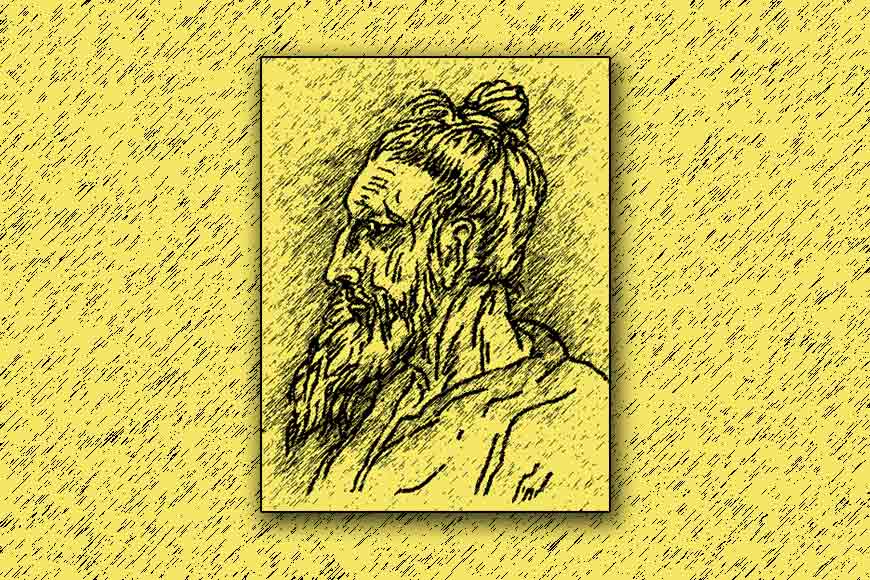Does Indian political scenario need Lalon Fakir today?

Pare Loye Jao Amai…. Milon Hobe Koto Diney… yearning to meet the ultimate creator and living for the final show, where God resides within the confines of the human mind. What Lalon Fakir said in simple words through his Sahajiya Baul songs, a highly influenced Tagore reflected the same pining for the divine vision. Ami tarei khunje berai jeroimone, where Tagore and Lalon’s take on humanism mingles as a ‘Way of Life.’
And that’s how Lalon’s Khachar bhitor ochin pakhi kyamne ashejaye, easily falls in place with Tagore’s philosophy of freedom of the mind. Lalon was against religious conflict and many of his songs mock identity politics that divide communities and generate violence. He even rejected nationalism at the apex of the anti-colonial nationalist movements in Indian subcontinent. His songs go beyond classor caste divide and stand against racism --- factors that rock the present day society at large.
It’s quite surprising that an ‘uneducated’ Fakir could stand against these social evils through his spiritual mysticism. Lalon’s songs embodies a socially transformative role of Bhakti and Sufi movement.The texts of his songs engage in philosophical discourses of Bengal, continuing Tantric traditions of the Indian subcontinent, developing them into a coherent discourse without falling into eclecticism or syncretism. He explicitly identified himself with the Nadia school, and was greatly influenced by the social movement initiated by Chaitanya against differences of caste, creed and religion. His songs reject any absolute standard of right and wrong and show the triviality of any attempt to divide people whether materially or spiritually.
The main objective of Baul ascetic practice is to trace and get company of the inherent and formless ‘Supreme Being’ who can only be achieved by divine love, devotion and meditation. This metaphysics have allegorically been expressed in the songs of Lalon. Lalon had the materials of his songs from the Hindu and Buddhist religious behests, the Vaishvava Sahajiya doctrine and from Sufism. To his liberal religious concept has been added the humanitarian social thoughts. In his songs like Sab loke koi Lalon ki jat samsara or Jat gelo jat gelo bale he indicates a guideline for the emergence of a religious, racial and caste discrimination free society.
Lalon composed numerous songs and poems, which describe his philosophy. It is estimated that Lalon composed about 2,000 - 10,000 songs, of which only about 800 songs are generally considered authentic. He left no written copies of his songs, which were transmitted orally and only later transcribed by his followers. Also, most of his followers could not read or write either, so few of his songs are found in written form. Interestingly, Rabindranath Tagore published some of Lalon’s songs in the monthly Prabasi magazine of Kolkata. He collected a manuscript of Lalon's songs from Lalon's akhadaat Chheunriya and had 298 songs copied therefrom. He selected 20 songs out of them and got them published in four consecutive issues of the Prabasi. In his written speech on Chhanda (prosody) in Calcutta University, Tagore highlighted the prosody of three songs of Lalon. Besides, in his Hibbert Lecture, A Religion of Man (1930), in his lecture on An Indian Religion delivered in France, and in the preface of his book Haramoni of Mansuruddin, Tagore explained on religion and philosophy with quotes from the songs of Lalon. Thus, Rabindranath for the first time attracted the attention of the educated class of the country and of the world to the songs of Lalon Shah.










